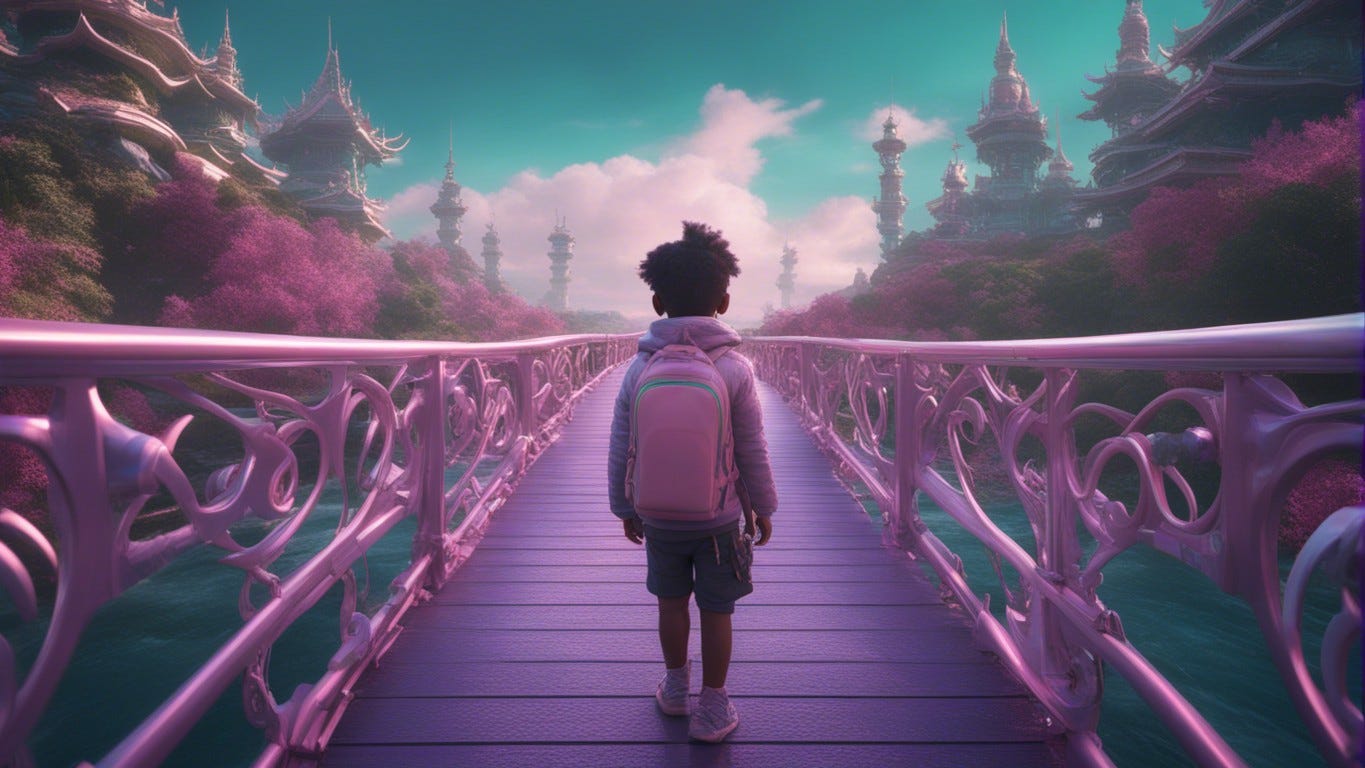In the heart of the digital age, where algorithms dictate our choices and virtual assistants anticipate our needs, there lies a profound question: Where does humanity fit in this AI-driven world? The rapid evolution of technology has undoubtedly brought about unparalleled conveniences, but it has also unveiled a series of digital divides that threaten to distance us from our very essence—our humanity.
The Digital Gap
Before we delve into the heart of the matter, we must first recognise the existing digital divides. There are those who have immediate access to the latest technological advancements and those who remain untouched by the digital wave. This disparity is not just about owning the latest smartphone or having a high-speed internet connection; it's about having the opportunity to participate in a world that's increasingly becoming digital-first.
Humanity at the Helm
While AI and machine learning are transforming industries and personal experiences, it's crucial to remember that these technologies are tools—extensions of human ingenuity. They are born from our desire to solve problems, enhance experiences, and create a better world. Thus, it's humanity that should be at the helm, guiding these tools towards inclusive betterment.
The Power of Empathy
No algorithm, no matter how sophisticated, can truly replicate human empathy. It's our ability to understand, to connect, to feel that makes us unique. In an AI-driven world, this empathy becomes our most potent tool. It allows us to bridge digital divides by ensuring that technology serves everyone, not just a privileged few.
A Call to Action
As we stand at the crossroads of a digital revolution, it's imperative to champion a future where technology amplifies humanity's best traits. This means:
Education for All: Ensuring that everyone, regardless of their socio-economic background, has access to digital education and the opportunity to be active participants in the AI-driven world.
Ethical AI Development: Prioritising transparency, fairness, and inclusivity in AI development to prevent biases and ensure that technology respects human rights.
Human-Centric Design: Designing AI solutions that prioritise human well-being, mental health, and genuine connection.
The AI-driven world presents both challenges and opportunities. By placing humanity at the centre of this digital revolution, we can bridge divides and craft a future that's not only technologically advanced but also deeply human. The onus is on us to ensure that as we race towards a digital future, we carry everyone along, leaving no one behind.



